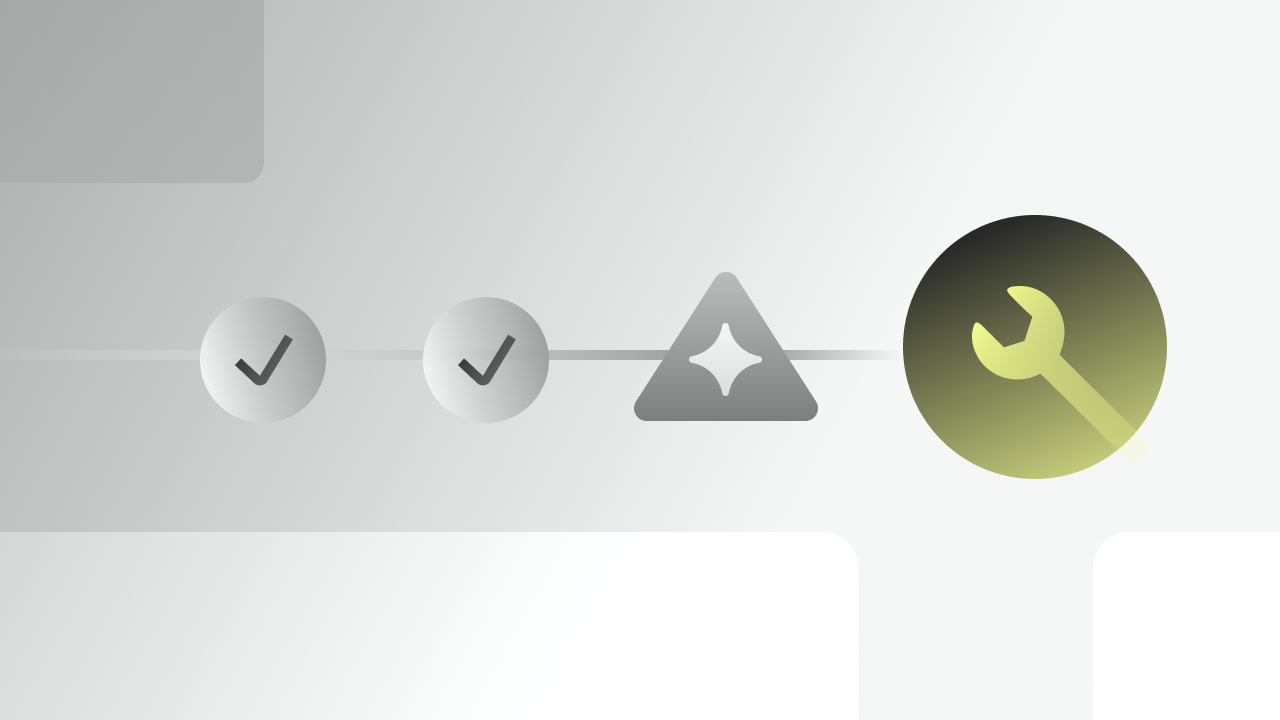
For years, operations and technology leaders have invested heavily in the promise of predictive maintenance. The concept is powerful: use sensors, data analytics, and machine learning to predict when a piece of critical equipment will fail, so you can service it proactively. This approach has been rightly hailed as a game-changer, capable of preventing catastrophic failures and minimizing unplanned downtime.
Yet, for many large industrial enterprises, the full value of predictive maintenance remains elusive. We have become incredibly sophisticated at the “predict” part. Our sensors and algorithms can tell us with remarkable accuracy that a specific bearing on a production line will fail in the next 72 hours. But what happens in the 72 hours after that prediction is made?
The answer is often a chaotic, manual fire drill. A work order needs to be created in one system, a parts inventory checked in another, a purchase order issued through a third, and a technician scheduled via email. This “last mile” of the maintenance process—the complex back-office workflow that turns a prediction into action—remains a stubborn bastion of inefficiency. This is the critical blind spot that is undermining the ROI of your entire predictive maintenance system.
The Prediction Paradox
The paradox of modern predictive maintenance is that our ability to generate data has far outpaced our ability to act on it. We have invested millions in a sophisticated predictive maintenance system—sensors, data lakes, and advanced predictive maintenance analytics—all designed to produce a single, critical output: an alert.
But that alert is just the starting pistol. The subsequent race to get the right technician, with the right part, to the right machine, at the right time, is still run on foot. This manual response creates a new form of downtime—not from the machine failure itself, but from the administrative friction required to prevent it.
The problem is that traditional automation tools are not suited for this environment. RPA bots are too brittle; they break when an ERP screen changes or a vendor portal is updated. Spreadsheets are manual and create data silos with no real-time visibility. These tools can’t handle the dynamic, cross-functional nature of maintenance operations. This is why a new approach to predictive asset maintenance is so urgently needed.
The Anatomy of a Manual Work Order
To appreciate the scale of this challenge, consider the typical workflow that follows a single predictive maintenance alert for a critical piece of machinery in a factory.
- Work Order Creation: A maintenance planner receives the alert via email or a dashboard. They must then manually create a work order in the enterprise asset management (EAM) or computerized maintenance management system (CMMS).
- Parts Verification: The planner then checks the inventory for the required spare parts. This might involve looking in the EAM, but often requires checking a separate inventory system or even calling a parts warehouse directly.
- Procurement: If the part is not in stock, a manual purchase requisition must be created in the procurement system. This kicks off a lengthy approval workflow, followed by the generation and emailing of a purchase order to the vendor.
- Technician Scheduling: Once the part’s ETA is known, the planner must coordinate with the operations team to schedule the maintenance window and assign a qualified technician.
- Compliance Documentation: After the work is complete, the technician’s notes must be manually transcribed into the work order, and all related documents (invoices, service reports) must be collected and stored for compliance and audit purposes.
This entire process is a perfect storm of inefficiency. It’s slow, prone to human error, and completely opaque. This manual drag is a hidden tax on every single maintenance activity and is the primary barrier to realizing the full predictive maintenance benefits. This is the reality of predictive maintenance in industry today.
A New Model: Agentic AI for Operations
To solve this deep operational problem, industrial leaders need a new class of predictive maintenance technologies. Agentic AI represents a fundamental paradigm shift. Unlike rigid bots, an agentic AI platform understands and executes business processes from end to end, based on instructions provided in natural language.
This empowers the operations and maintenance teams—the people who actually know how the work gets done—to build and manage their own automations. A maintenance supervisor can instruct an AI agent on how to handle a specific alert type simply by describing the process in English, just as they would train a new planner.
The AI agent then uses reasoning to navigate the different applications—the EAM, the inventory system, the procurement software—and execute the entire workflow. Crucially, this model is built for the real world. When an agent encounters an exception—a part is out of stock from the primary vendor, for example—it doesn’t just fail. It can be taught to automatically check with a secondary vendor, or to pause and ask a human for guidance. This creates a predictive maintenance operation that is not just automated, but truly autonomous and resilient.
Kognitos is the industry’s first neurosymbolic AI platform that automates the complex, back-office workflows that are currently holding your predictive maintenance strategy back.
The power of Kognitos lies in its unique neurosymbolic architecture. This technology combines the language understanding of modern AI with the logical precision required for enterprise processes. For industrial operations, this is critical. It means every action the AI takes, from issuing a purchase order to updating a compliance log, is grounded in verifiable logic, is fully auditable, and is completely free from the risk of AI “hallucinations.” This provides the governance and control that plant managers and CIOs demand.
With Kognitos, you can move beyond simple predictive maintenance modeling to true automated action:
- Autonomous Work Order Management: An AI agent can be triggered by an alert from your diagnostics system to “Create a Priority 1 work order in our EAM, check inventory for Part #XYZ, and if it’s below reorder point, create a purchase requisition for 10 units from our primary supplier and route it for approval.”
- Intelligent Parts Procurement: An agent can manage the entire procure-to-pay cycle for maintenance parts, from sourcing and PO creation to invoice matching and payment, handling all vendor communications along the way.
- Automated Compliance Reporting: Kognitos can automatically compile all documentation related to a maintenance event—work orders, service reports, invoices, technician certifications—into a single, auditable package for regulatory compliance.
The True Benefits of Predictive Maintenance
When you automate the entire response workflow, the true predictive maintenance benefits are finally unlocked. The value is no longer just in preventing a failure; it’s in creating a more efficient, resilient, and data-driven operation.
- Increased “Wrench Time”: By automating the administrative burden, you free up your skilled technicians to spend more time on value-added work—performing maintenance, improving processes, and ensuring equipment reliability.
- Optimized MRO Inventory: With real-time visibility and automated procurement, you can reduce carrying costs for maintenance, repair, and operations (MRO) inventory without increasing the risk of stockouts.
- Bulletproof Compliance: Creating a perfect, immutable audit trail for every maintenance event becomes an automatic byproduct of the process, not a manual, after-the-fact effort. This dramatically reduces the cost and stress of audits.
The Future of Autonomous Operations
The most powerful predictive maintenance strategies of the next decade will focus on building a fully autonomous, self-healing enterprise. The future is not just about knowing when a machine will fail; it’s about creating a system that can automatically sense a potential failure and orchestrate the entire response with minimal human intervention.
This requires a new way of thinking about predictive maintenance. It’s not a standalone analytics project; it is the trigger for a fully automated, end-to-end business process. By connecting your predictive analytics engine to an intelligent automation platform like Kognitos, you can finally close the loop and build an operation that is not just predictive, but truly proactive and autonomous.
Discover the Power of Kognitos
Our clients achieved:
- 97%reduction in manual labor cost
- 10xfaster speed to value
- 99%reduction in human error








